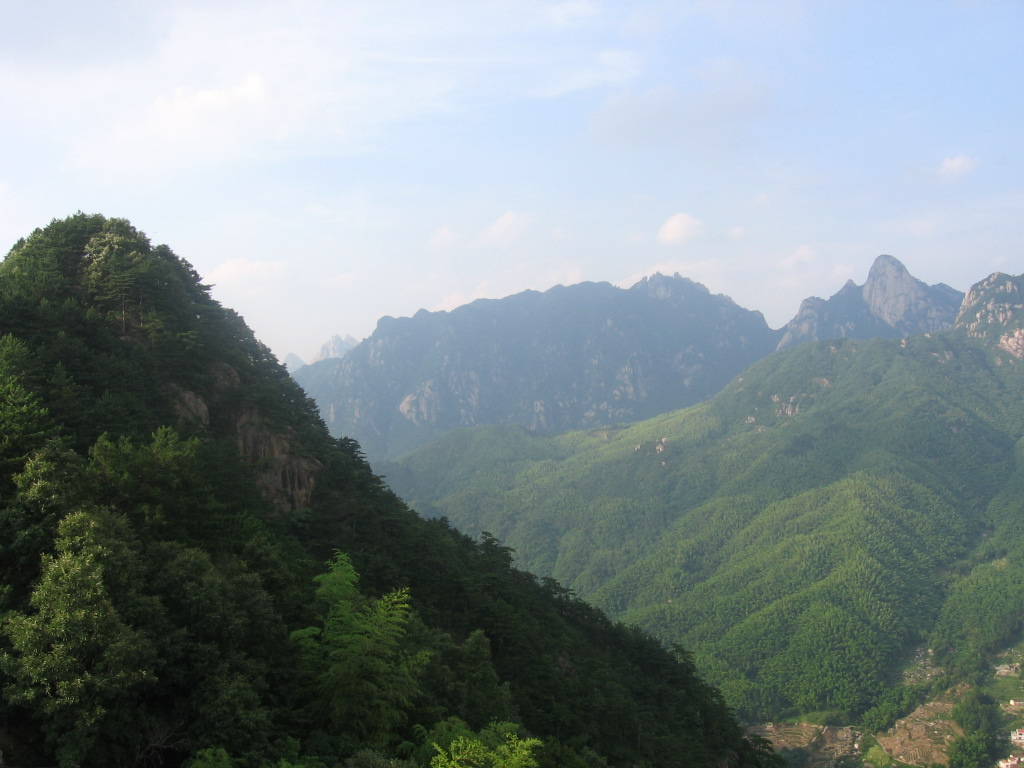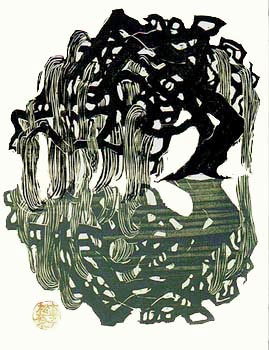An article titled “Local hermit’s diary re-emerges after 20 years in Marco garage”
in the Marco Island Sun Times describes Naranjan, a hermit living on Dismal Island, among the Ten Thousand Islands, off southwest Florida.
Naranjan kept a diary of life on the island, a diary recently brought to light by a local captain who knew the hermit. Naranjan lived in a 1930’s-built shack, and began the diary in the 1980’s, highlighted by his experience of Hurricane Andrew in 1992. The last entry before he apparently disappeared reads poignantly: “”Verdi’s Requiem w/Red Belly’s and Cardinals.”

